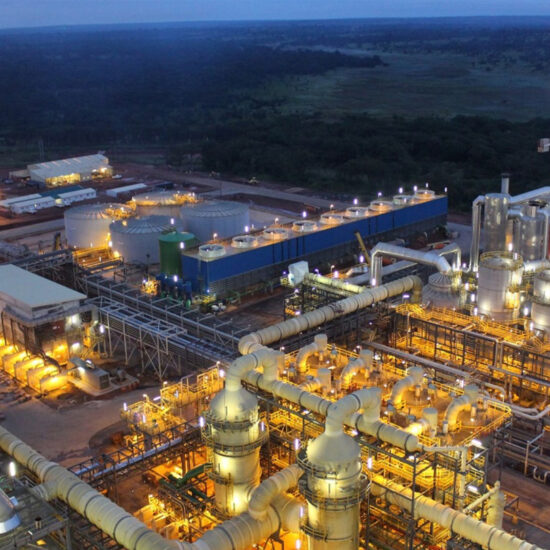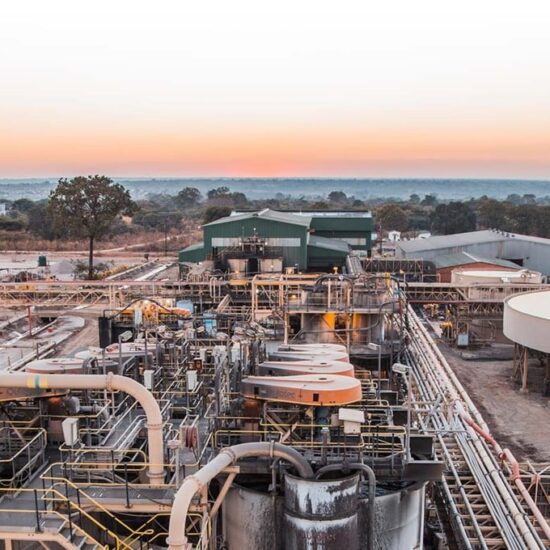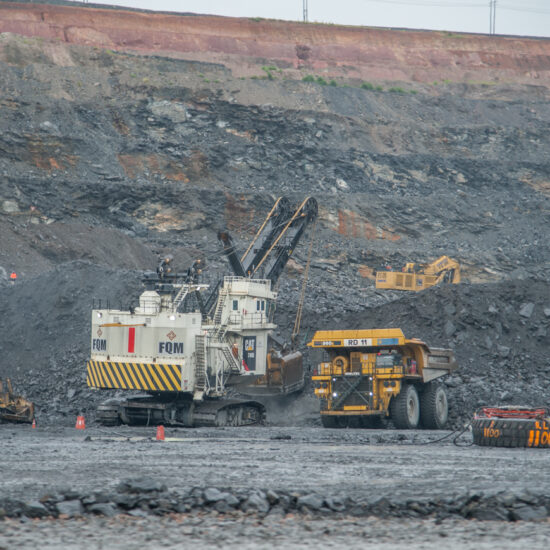
The central province town of Serenje, has joined the list of mining towns in Zambia after the confirmation that manganese mining has resumed and is expected to give it an alternative economic engine. The town which lies next to one of Zambia’s largest commercial farming hub of Mkushi, has mostly been an agricultural area and houses the massive 110,000 hectares Nansanga farm block.
The resumption of manganese mining is not only good for the economic diversification of Serenje, but for Zambia as a country. Manganese has recently become a well sought out metal following the shift in mostly the motor vehicle industry from combustion engines (petrol or diesel powered engines) to manganese-lithium battery powered electric cars.
ZCCM Investments Holdings Plc has announced that its subsidiary, Kabundi Resources Limited has commenced works at the manganese mine located in Serenje district following the end of the heavy rains that had hampered efforts to kick-starting operations, posing a challenge in accessing the mine site areas.
Kabundi Resources Limited – KRL are on site and have started phase one of the project via a small-scale mining license, with an initial capital injection of K18.6 million (about US$1 million). The ore grade is on average at 45%, which is relatively considered rich.
The company has disclosed that KRL targets to mine about 60,000 tonnes of manganese by the end of the year during the ramp up period of operations while production is targeted to reach 240,000 tonnes of manganese ore annually once commercial production levels are achieved.
ZCCM-IH Chief Executive Officer – CEO Mabvuto Chipata said in a statement made available to the Zambian Business Times – ZBT on April 05, 2020 that phase two of the project which is scheduled to start before the onset of this year’s rainy season will be extended to other license areas of the ZCCM-IH large scale exploration area in Serenje.
“I undertook a site visit end of April 2020, were we also inspected works at the Kampumbu resettlement area earmarked for relocation of nine (9) households from the Kabundi mine site,” He said.
He added that the Resettlement Action Plan (RAP) approved by the Zambia Environmental Management Services – ZEMA involves the construction of an additional one-by-two classroom block, a health center, nine-by-three bedroomed houses for the relocation of the Project Affected families, one house for a teacher, and another house for a medical staff.
Chipata was happy with the progress made both at the mining operation and the RAP sites saying the mine will be fully operational by July 2020, and looked forward to having it officially launched by August 2020. ZCCM-IH is set to spend a total of K4.5 million to fulfil the RAP obligations, which are scheduled to be handed over to the beneficiaries in June 2020.
The ZCCM IH CEO further said the RAP project has so far employed over 20 locals and the KRL will further employ over 150 youths at the mine site as production scales up upon relocation of the affected families.
Zambia as a country has many avenues to turn around its fortunes and even pay off its national debt, but the pace of implementation of key revenue generating projects remains a challenge. As they say, the proof of the pudding is in the eating, it remains to be seen if ZCCM IH and it’s subsidiary Kabundi Resources will deliver the planned production levels and exports.
ZCCM Gold company is also another avenue to boost the countries revenue earnings which is moving at a snails pace. When the countries debt serving obligations are mounting, the country defaults to asking the government to get an IMF/world bank bail out package, why not instead put pressure for realizing such projects one may ask?







